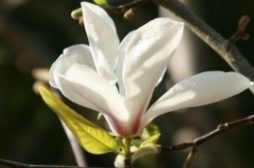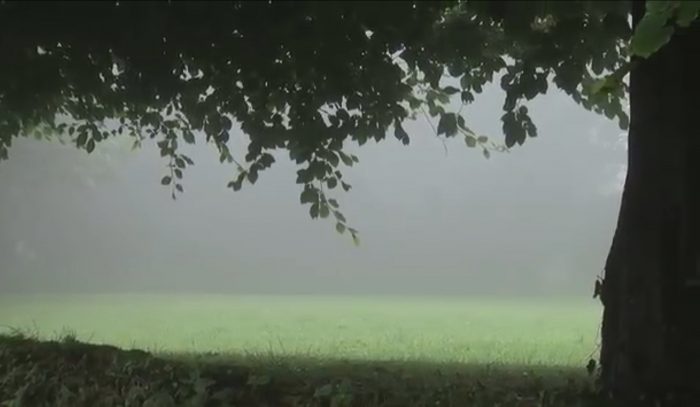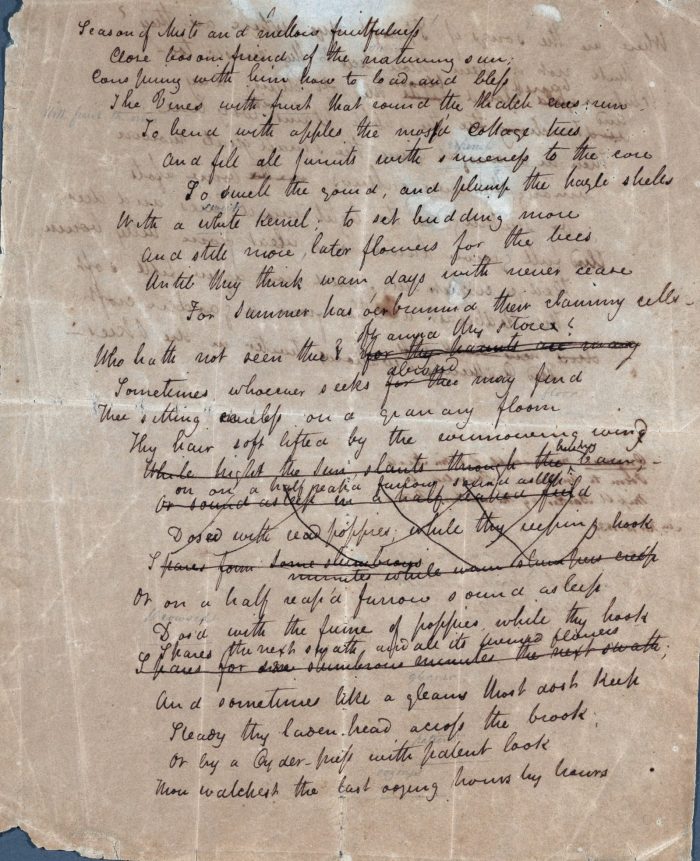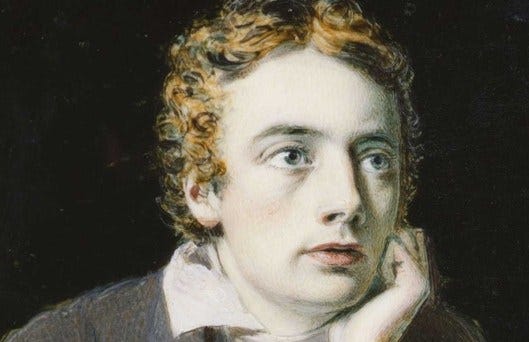
Twitterはおもしろい、楽しい。数日前、音楽家のT君ともTwitterが役に立つし楽しいということで意見が合った。Ian Bostridge さんとのやり取りができるなど、Twitterならでは、のことだ。その中でも好きなのが”Literary InterestさんのTweet, 今回はジョン・キーツの秋の作品。
ODE TO AUTUMN / JOHN KEATS
Season of mists and mellow fruitfulness!
Close bosom-friend of the maturing sun;
Conspiring with him how to load and bless
With fruit the vines that round the thatch-eaves run;
To bend with apples the mossed cottage trees,
And fill all fruit with ripeness to the core;
To swell the gourd, and plump the hazel shells
With a sweet kernel; to set budding more,
And still more, later flowers for the bees,
Until they think warm days will never cease,
For Summer has o’erbrimmed their clammy cells.
Who hath not seen thee oft amid thy store?
Sometimes whoever seeks abroad may find
Thee sitting careless on a granary floor,
Thy hair soft-lifted by the winnowing wind,
Or on a half-reaped furrow sound asleep,
Drowsed with the fume of poppies, while thy hook
Spares the next swath and all its twinèd flowers;
And sometimes like a gleaner thou dost keep
Steady thy laden head across a brook;
Or by a cider-press, with patient look,
Thou watchest the last oozings hours by hours.
Where are the songs of Spring? Ay, where are they?
Think not of them, thou hast thy music too, –
While barred clouds bloom the soft-dying day,
And touch the stubble-plains with rosy hue;
Then in a wailful choir the small gnats mourn
Among the river sallows, borne aloft
Or sinking as the light wind lives or dies;
And full-grown lambs loud bleat from hilly bourn;
Hedge-crickets sing; and now with treble soft
The redbreast whistles from a garden-croft;
And gathering swallows twitter in the skies.
September 2019 marks 200 years since ‘Ode to Autumn’ was written by John Keats, the tragic Romantic genius who died of tuberculosis at the age of 25
It’s the 200th anniversary of John Keats writing his famous ‘Ode to Autumn’
Geoff WardFollow Sep 16 · 7 min read
| Keats (1795–1821) had come to Winchester in the late summer from the Isle of Wight where he had gone to work on poems and his verse play Otho. He was attracted by the city’s medieval ambience — and the need for a reference library. |
| Walks to the countryside, ‘an hour before dinner’, from his lodging house near Winchester Cathedral (the building where he stayed is long gone), became his evening custom. |
| ‘How beautiful the season is now — How fine the air,’ he wrote. ‘A temperate sharpness about it … I never lik’d stubble fields so much as now … Somehow a stubble plain looks warm — in the same way that some pictures look warm — this struck me so much in my Sunday’s walk that I composed upon it.’ |
| ‘To Autumn’, drafted that evening, was included, after some revisions, in Keats’s 1820 collection entitled Lamia, Isabella, the Eve of St Agnes and Other Poems. It was the last in a series of six great odes that Keats produced during 1819 and, indeed, the last major poem he wrote in his short life, effectively ending his career. |
| Marking the writing of ‘To Autumn’ focuses our attention on the odes, in this their anniversary year, and I discuss them in a follow-up essay (‘Celebrating the bicentenary of the great odes…’) for they assured Keats of his place in the pantheon of English poetry. |
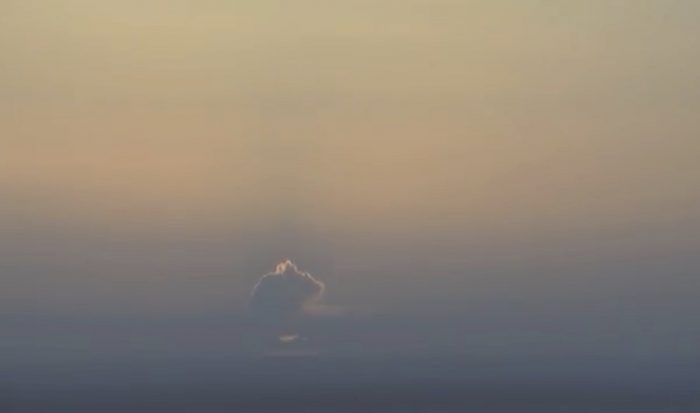
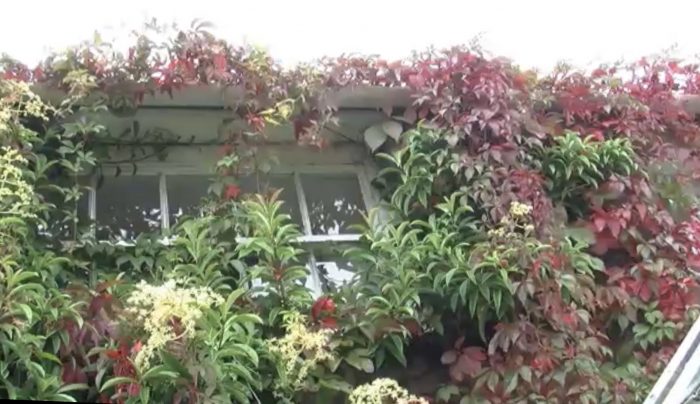
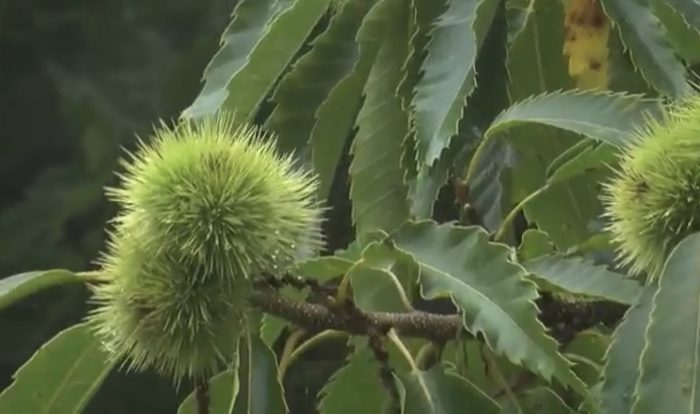
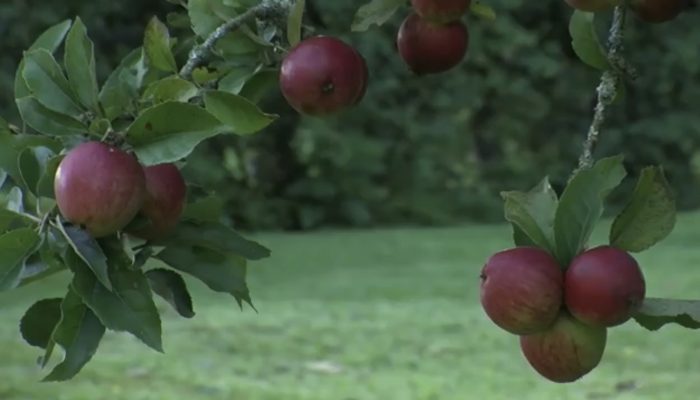
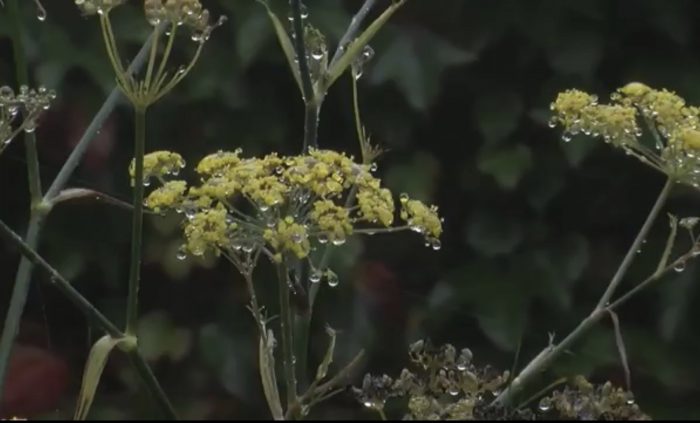
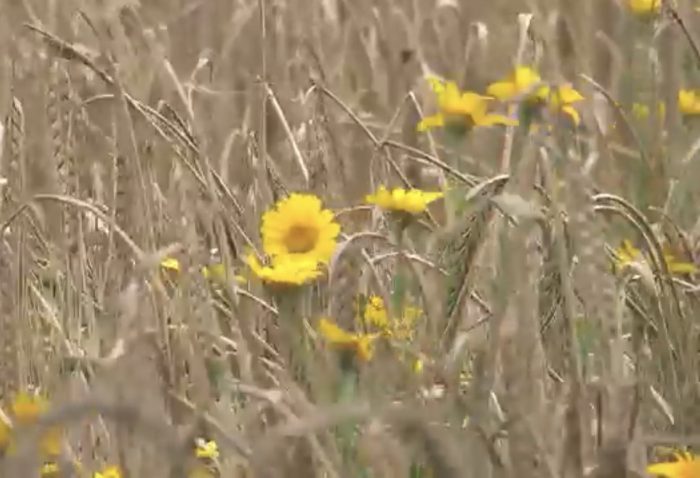
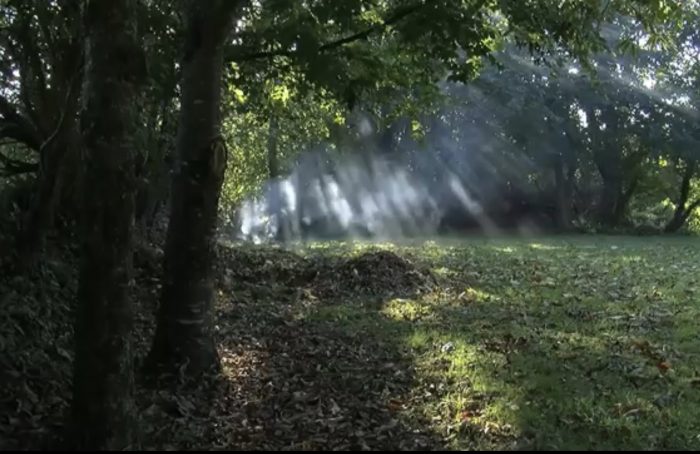
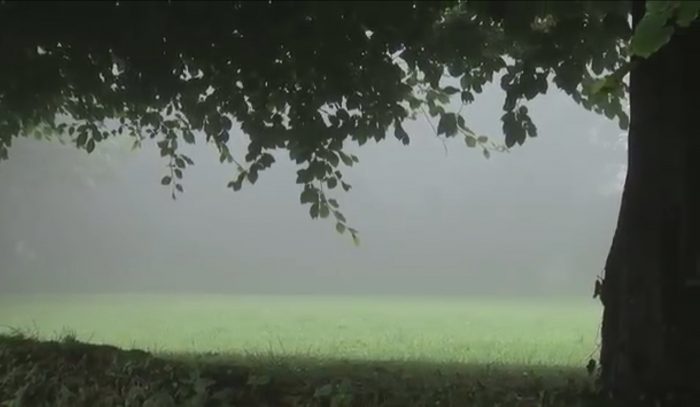

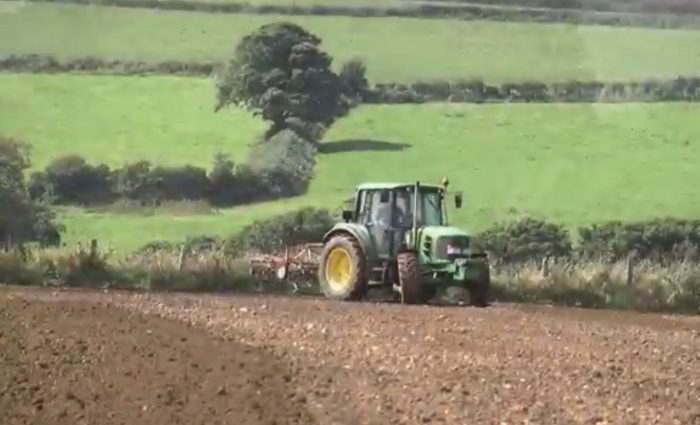
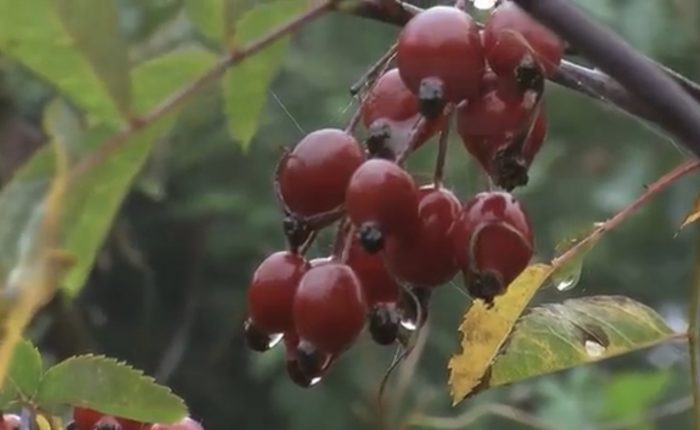
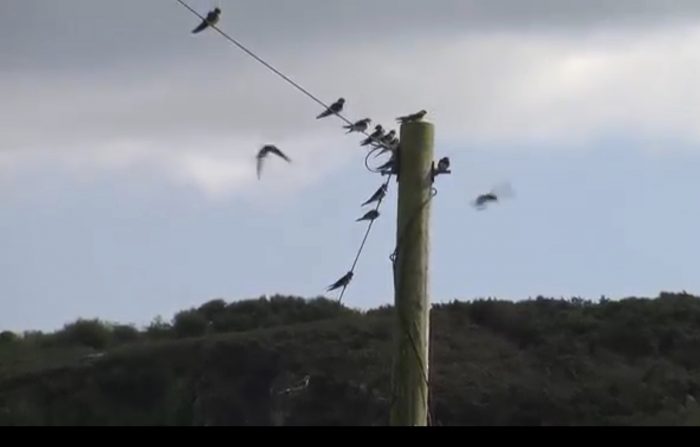
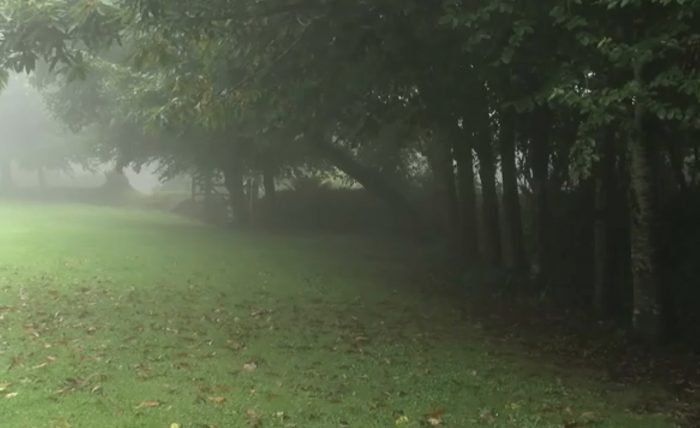
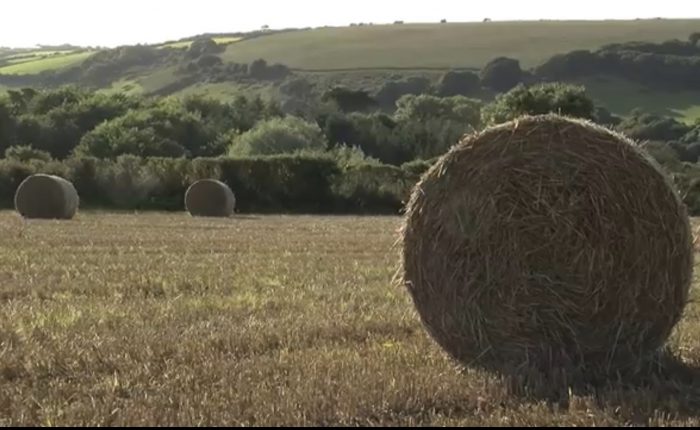
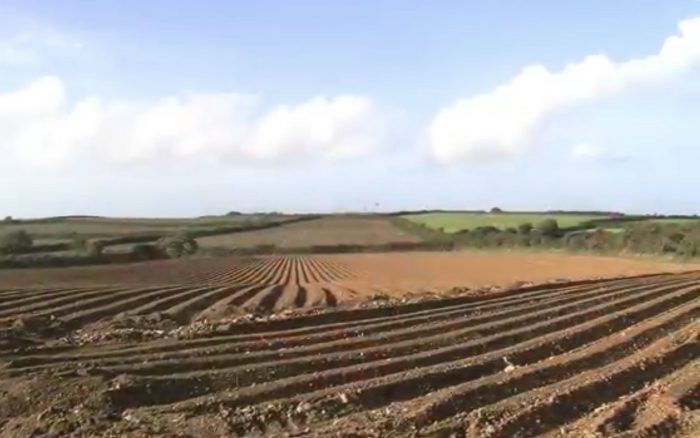
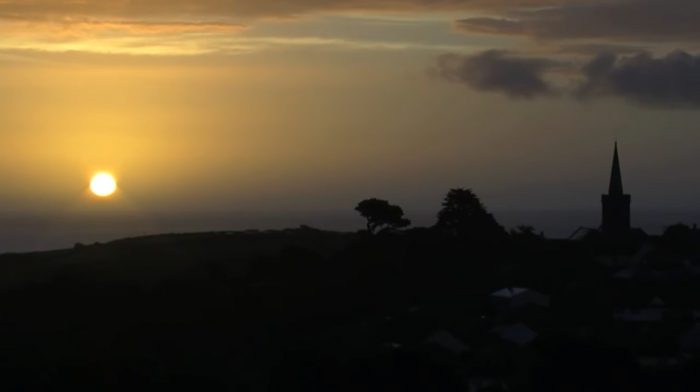
英語で聞いてそのまま鑑賞できるようなレベルになりたい。目標だ。
